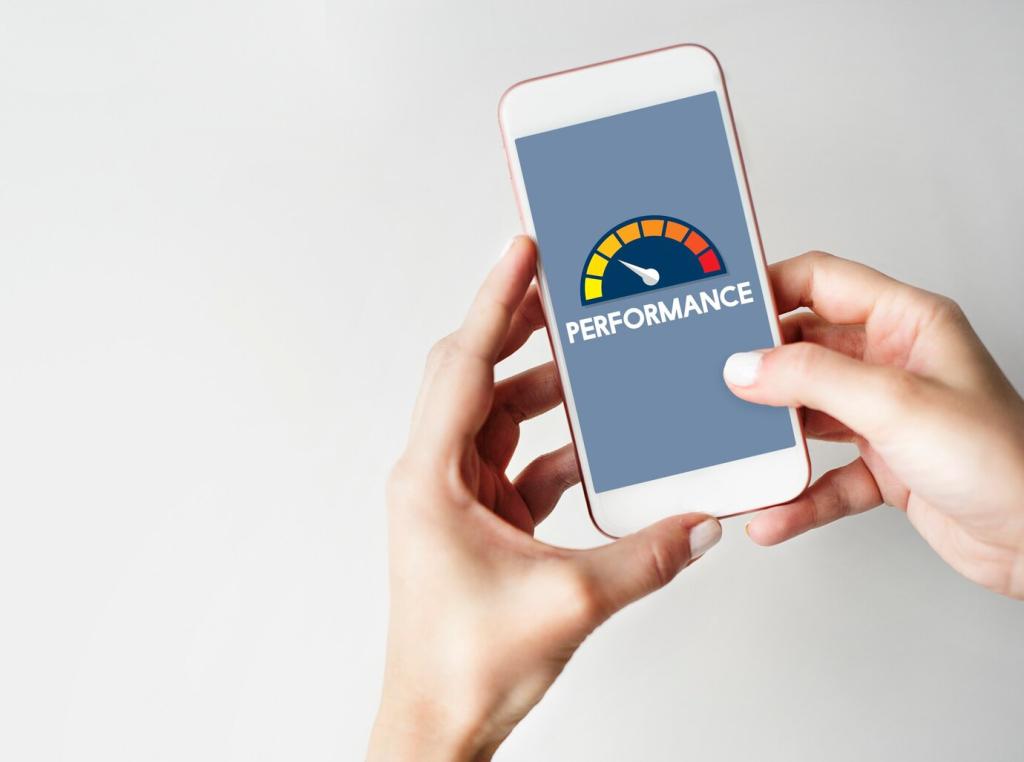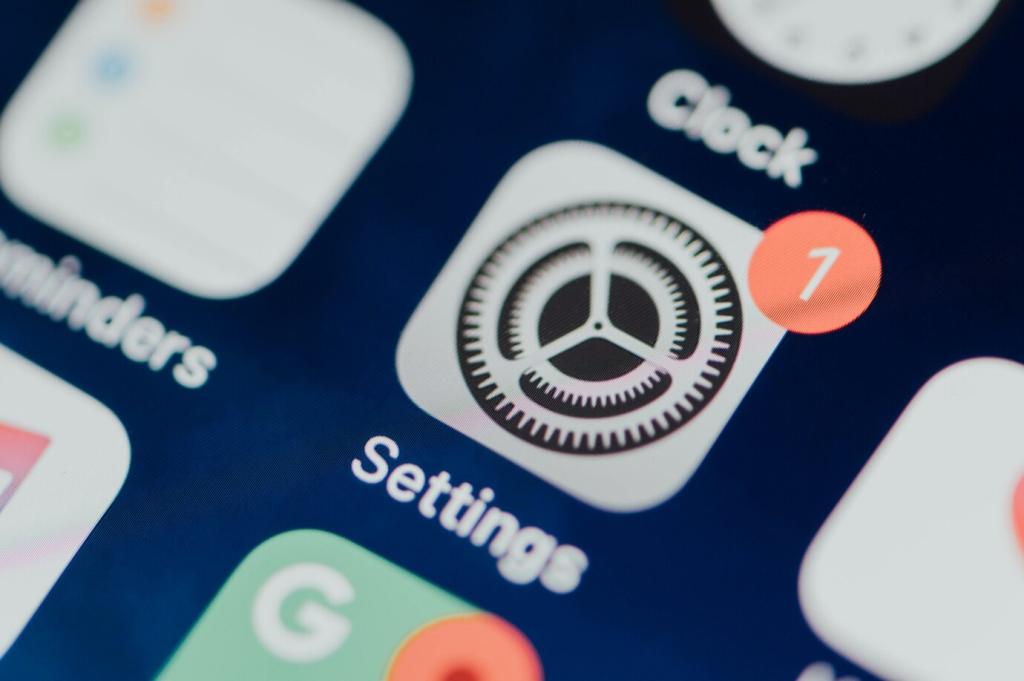Safer Lifecycles and Architectures
In Swift, use weak or unowned in closures and delegate patterns. Validate reference graphs with Instruments to catch cycles early. Keep controller responsibilities tight, and isolate heavy caches behind protocols so lifetimes remain clear and predictable between screens.
Safer Lifecycles and Architectures
On Android, avoid storing Activity in singletons or static fields. Prefer Application context where appropriate, and use lifecycle-aware scopes. Watch out for non-static inner classes, lingering listeners, and view bindings that survive configuration changes and quietly retain huge views.





